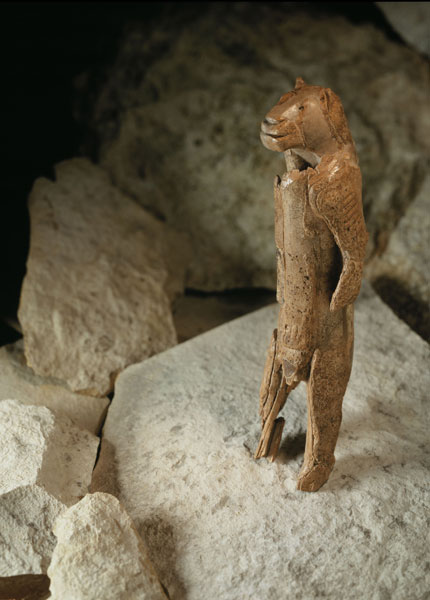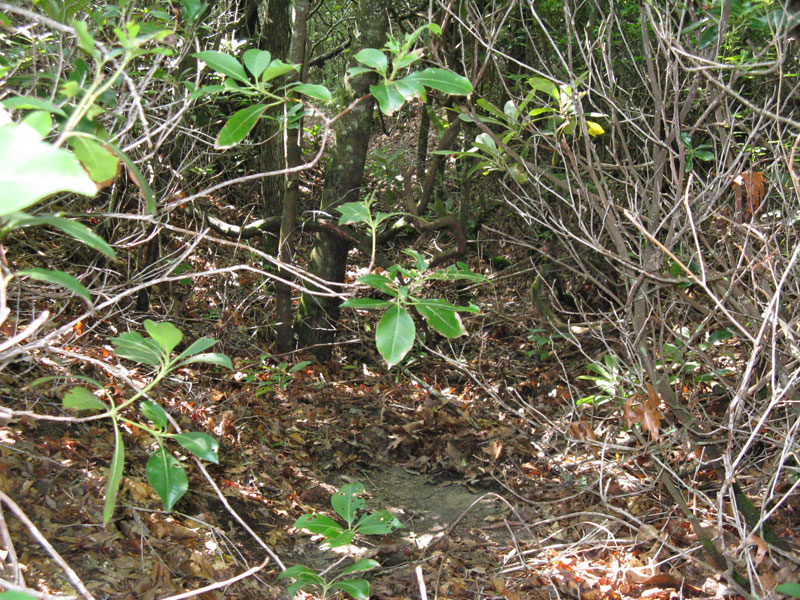
The oral history of the Coast Salish people—a collection of tribes that have inhabited the Pacific Northwest and the west coast of Canada for more than 10,000 years—includes mentions of a Pomeranian- like dog that was bred specifically so its woolly hair could be used in textiles. Analysis of protein fragments from blankets more than 85 years old, one of which was obtained in 1803 by Meriwether Lewis and William Clark, seems to support the stories.
Of nine Coast Salish blankets examined, scientists found that dog hair was used in five. Goat hair, on the other hand, was in all of them. "In a situation when the goat hair supply was limited, the yarn was made to the right thickness by adding dog hair, allowing a larger supply of yarn," explains Susan Heald, coauthor of a study published in Antiquity and a senior textile conservator at the Smithsonian's National Museum of the American Indian, which supplied three of the samples.
The dog hair seems to have been incorporated into common nonceremonial blankets and disappears from them not long after contact with European explorers, who arrived in the late-eighteenth century with cheaper textiles.










